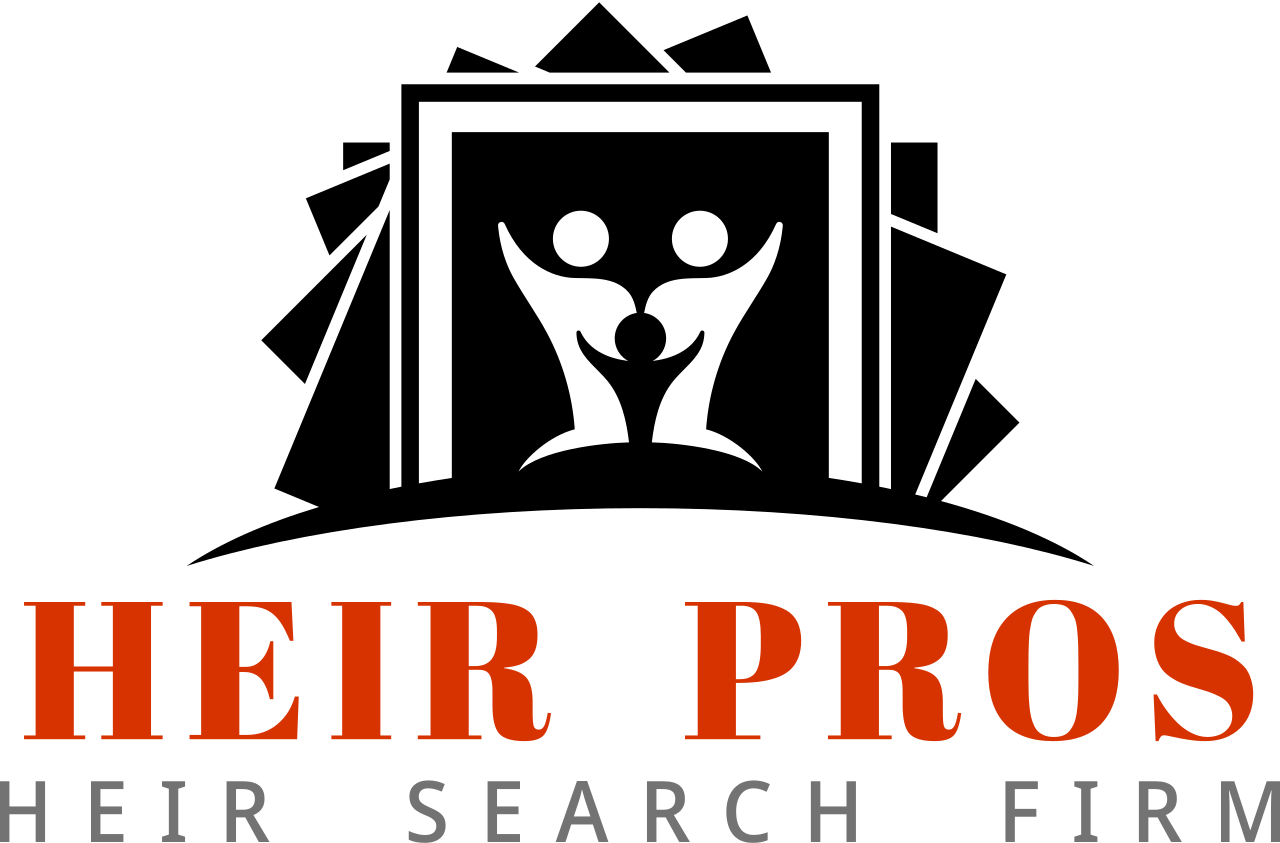Summary
Understanding the timeline for distributing assets after identifying heirs is crucial for estate administrators, lawyers, and families navigating the probate process. Distribution can often be delayed by various challenges, but having a structured approach helps ensure a smoother experience. This article outlines a step-by-step process for asset distribution, highlights common obstacles, and provides expert tips for efficient management. By familiarizing yourself with these elements, you can better support your clients and streamline the distribution of their loved ones’ estates.
Overview
The distribution of assets in an estate can vary significantly in time depending on the complexity of the estate, the state laws involved, and the identification of heirs. Once heirs have been identified, the distribution process begins. It’s important to understand the timeline and processes required to ensure everything proceeds smoothly. Generally, the timeline can range from a few months to several years.
Key factors influencing this timeline include:
- State laws and regulations
- Complexity of assets (real estate, investments, personal property)
- Outstanding debts and taxes
- Potential disputes among heirs
Common Challenges
Distributing assets, even after heirs are identified, often comes with a range of challenges. Here are some common hurdles that executors and estate attorneys frequently encounter:
- Legal complications: Unresolved legal disputes over the will or assets can cause significant delays.
- Outstanding debts: Settling creditors’ claims and estate taxes can complicate and prolong distribution.
- Family disputes: Conflicts among heirs can lead to negotiations and legal battles.
- Asset valuation: Proper appraisal of assets may take time, especially for unique items or real estate.
Step-by-Step Process
Understanding the step-by-step process can clarify the timeline for asset distribution. Here’s a breakdown of the stages:
1. Validate the Will
Ensure that the will is valid according to state laws. This may involve filing the will in probate court.
2. Identify and Notify Heirs
Compile a list of heirs and notify them of their status. This step can vary in time based on family structures and heir locations.
3. Pay Debts and Taxes
Before distributing assets, all debts and taxes must be settled. This often involves lining up creditor claims and potentially filing tax returns.
4. Inventory and Appraise Assets
Conduct a thorough inventory of all estate assets and get them appraised if necessary. This is crucial for accurate distribution and potential tax implications.
5. Distribute Assets
Once debts, taxes, and appraisals are complete, you can proceed to distribute assets according to the will or state laws.
6. Close the Estate
File a final accounting with the court, detailing all transactions and distributions. Once approved, the estate can be officially closed.
FAQs
How long does it normally take to distribute assets after identifying heirs?
The timeline can range from several months to a few years, depending on factors such as debt resolution and family disputes.
What happens if there is a dispute among heirs?
Disputes may require mediation or legal intervention, which can significantly delay the distribution process.
Can assets be distributed before all debts are paid?
No, typically, debts and taxes must be settled before assets can be distributed to heirs.
What if an heir cannot be located?
The probate process allows for a period to locate missing heirs, and if they cannot be found, the court may allow alternative distribution methods.
Do all states have the same probate laws?
No, probate laws can vary significantly by state, so it’s important to familiarize yourself with the specific regulations where the estate is being probated.
Expert Tips
To facilitate a smoother distribution process, consider these expert tips:
- Stay organized: Maintain clear records of all communications, financial transactions, and relevant documents.
- Communicate: Keep heirs informed at every step to reduce misunderstandings and tensions.
- Consult professionals: Always consider hiring a probate attorney or an estate administrator for complex cases.
- Utilize resources: Tools such as HeirPros can help streamline the heir search and distribution process.
Related Resources
For further reading and resources on probate and heir search, consider visiting the following:




